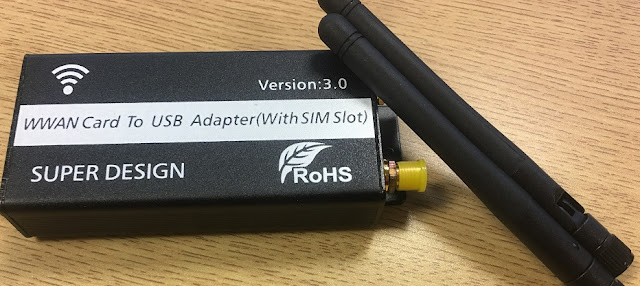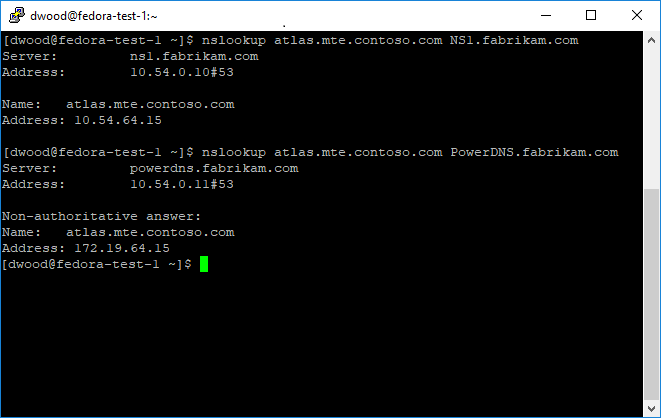Installing OpenWRT/ROOter on a RBM33G/RBM11G

Installing OpenWRT/ROOter on a RBM33G/RBM11G Download the latest ROOter for the RBM33G Putty portable tftpd64 portable Extract all of the above to: C:\Users\Public\Downloads Setup Network Interface connected to RBM33G/RMB11G POE port: IP: 192.168.1.2 Mask: 255.255.255.0 Gateway: 192.168.1.1 DNS1: 192.168.1.1 Disable Windows Firewall From an administrator command prompt: NetSh Advfirewall set allprofiles state off Configure and start tftpd32/64 Option 1: Overwrite tftpd32.ini with this one and start tftpd64. Change the BootFile name if needed. Option 2: Use screenshots for the settings, restart tftpd64 after you make your changes Open Putty to the COM port of your USB to Serial Adapter with a baud rate of 115200 Plug in/powercycle your router, press any key within 2 seconds to enter setup. Boot from the network by pressing the following key sequence: o - boot options e - ethernet o - boot options b - boot






